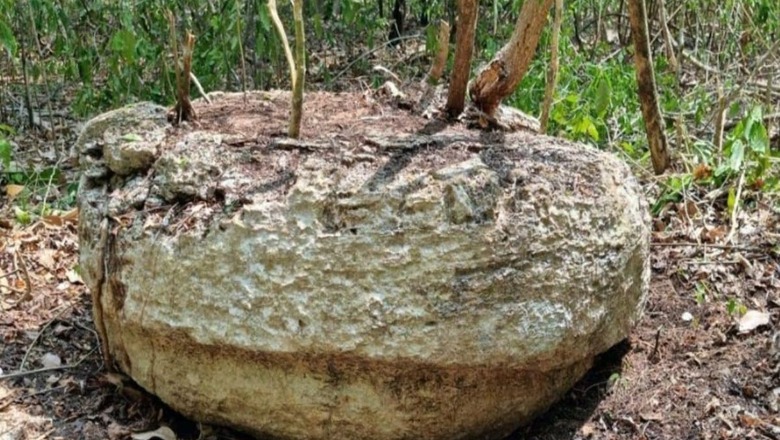
views
A previously unknown ancient Maya city has been discovered in the jungles of southern Mexico, the country’s anthropology institute said on Tuesday, adding it was likely an important center more than a thousand years ago. The city includes large pyramid-like buildings, stone columns, three plazas with “imposing buildings” and other structures arranged in almost-concentric circles, the INAH institute said. INAH said the city, which it has named Ocomtun – meaning “stone column” in the Yucatec Maya language – would have been an important center for the peninsula’s central lowland region between 250 and 1000 AD.
It is located in the Balamku ecological reserve on the country’s Yucatan Peninsula and was discovered during a search of a largely unexplored stretch of jungle larger than Luxembourg. The search took place between March and June using aerial laser mapping (LiDAR) technology.
The Maya civilization, known for its advanced mathematical calendars, spanned southeast Mexico and parts of Central America. Widespread political collapse led to its decline centuries before the arrival of Spanish conquistadors, whose military campaigns saw the last stronghold fall in the late 17th century. The Ocomtun site has a core area, located on high ground surrounded by extensive wetlands, that includes several pyramid-like structures up to 15 meters high, lead archaeologist Ivan Sprajc said in a statement.
The city also had a ball court. Pre-Hispanic ball games, widespread throughout the Maya region, consist of passing a rubber ball representing the sun across a court without the use of hands and getting it through a small stone hoop. The game is believed to have had an important religious purpose.
Sprajc said his team had also found central altars in an area closer to the La Riguena river, which may have been designed for community rituals, though more research is needed to understand the cultures that once lived there.
The site probably declined around 800 to 1000 AD judging from materials extracted from buildings, he said, adding this was likely a reflection of “ideological and population changes” that led to the collapse of Maya societies in that region by the 10th century.

















Comments
0 comment